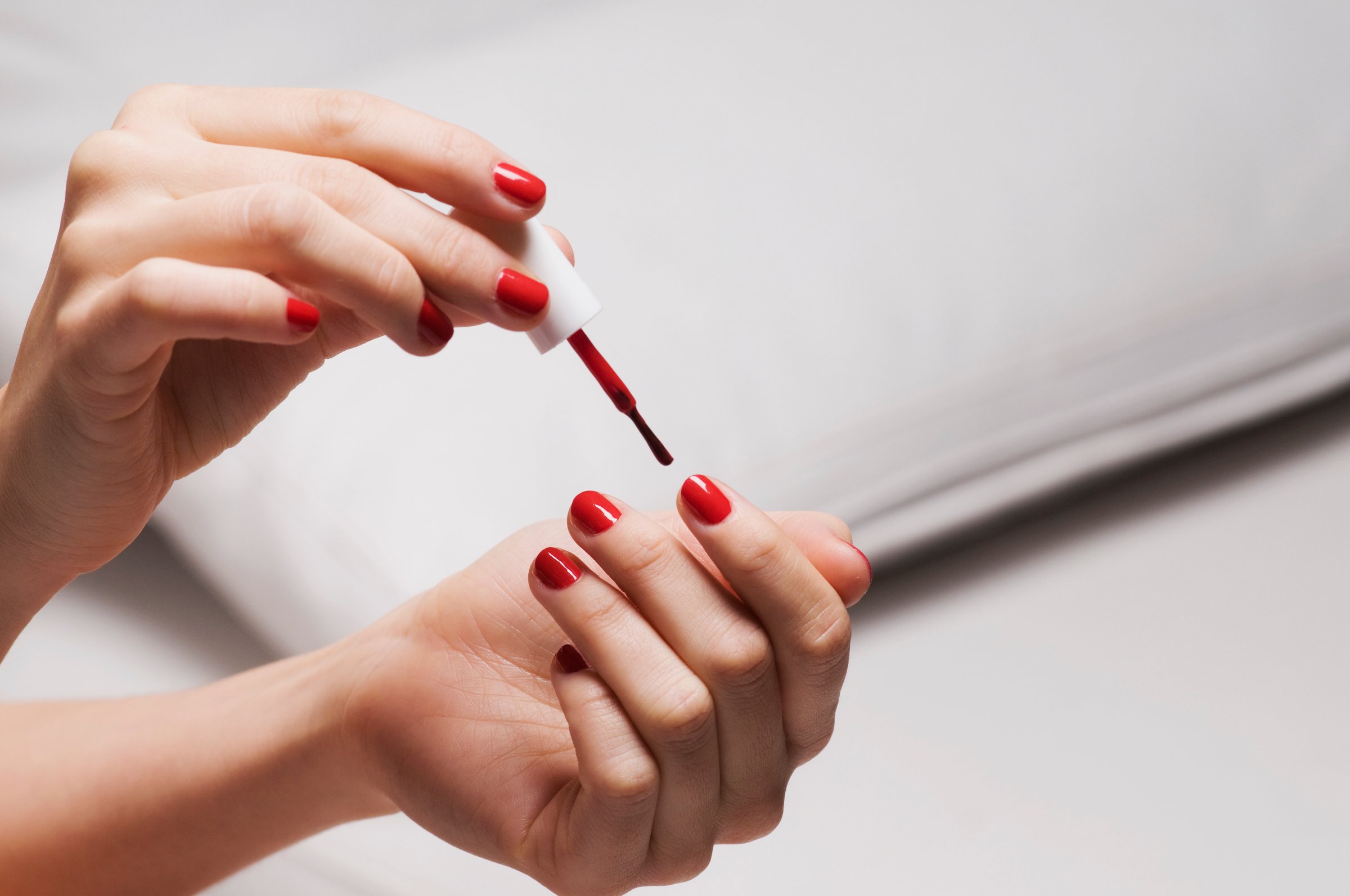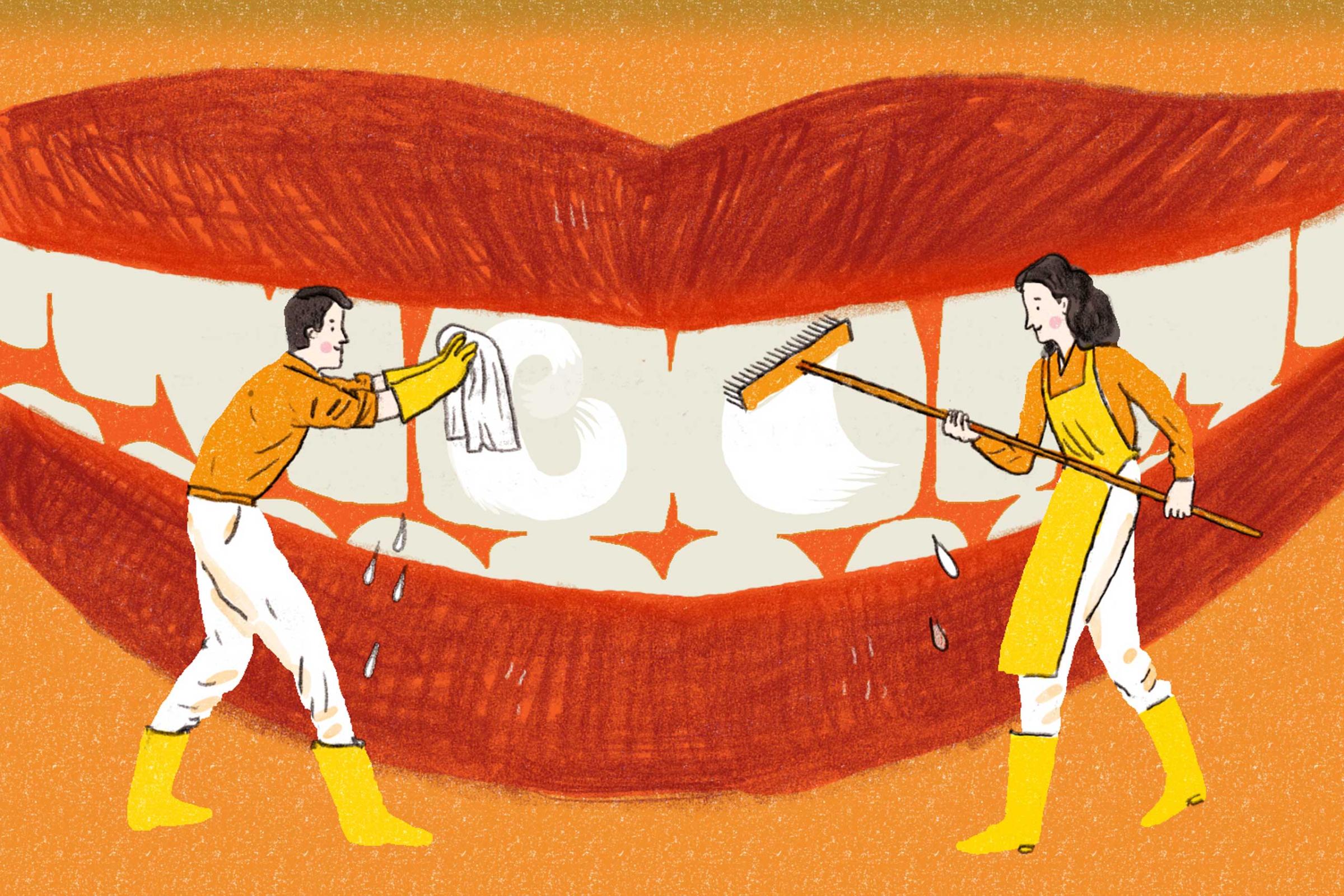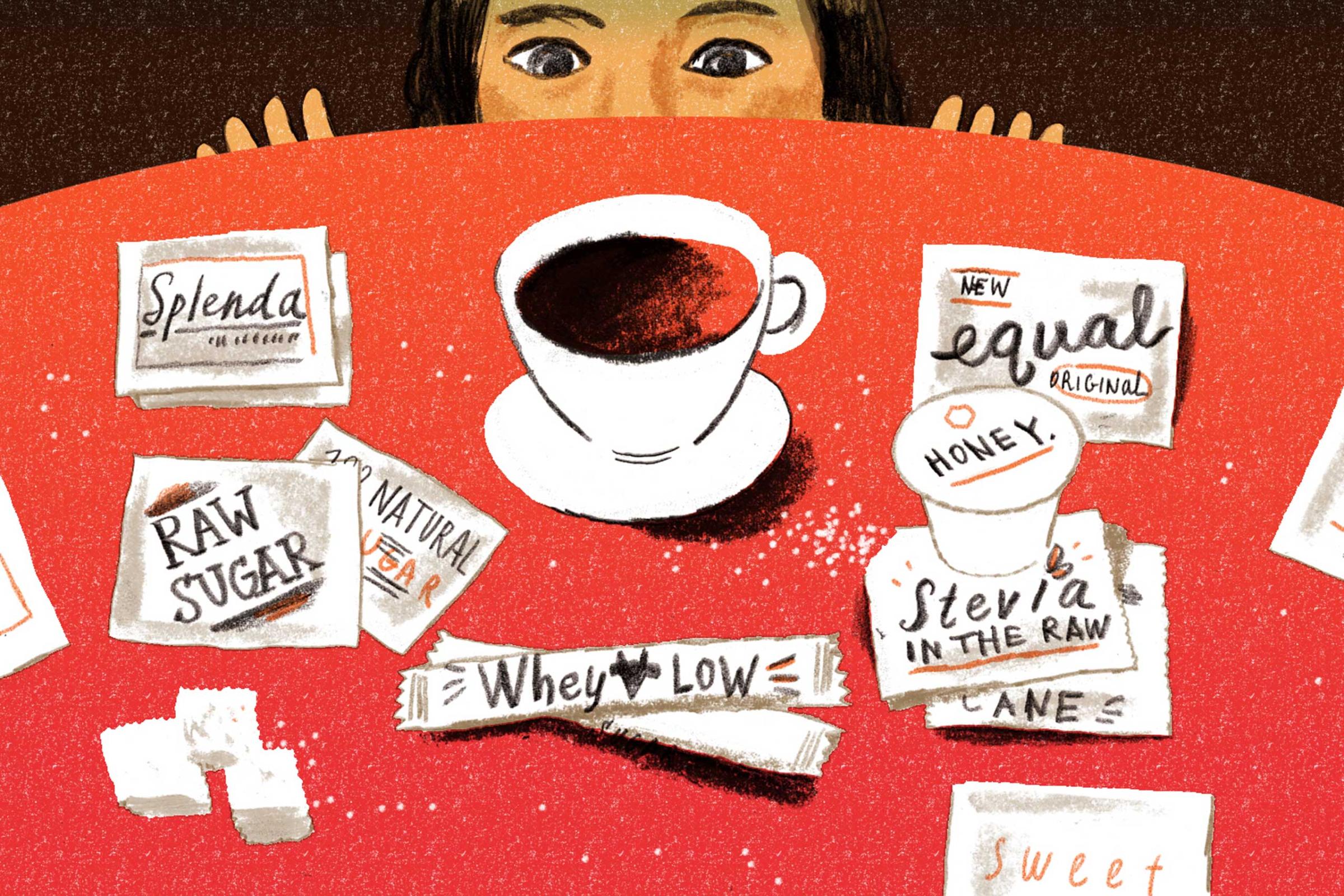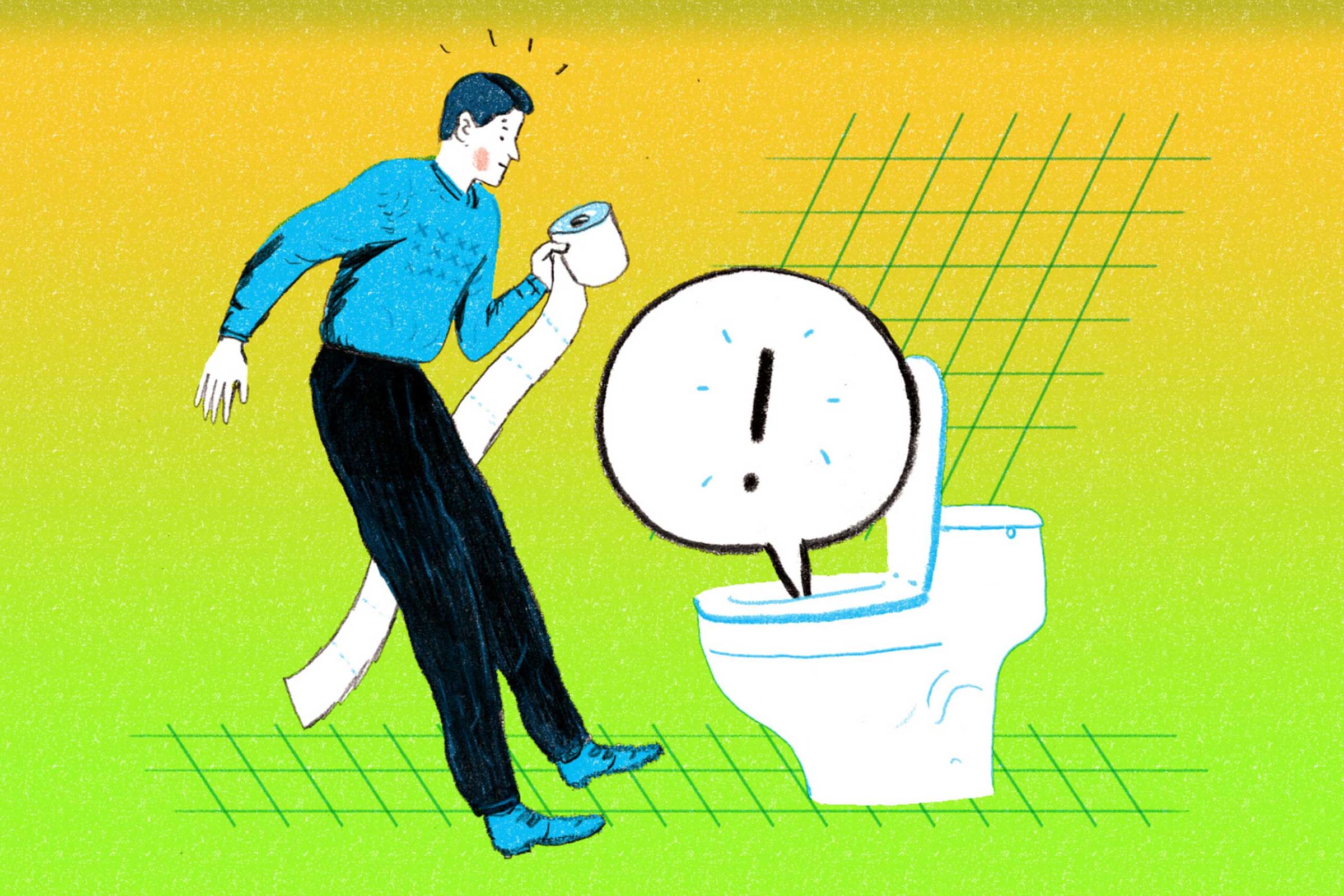
Like the hair on your head, the outermost layer or “plate” of your fingernail is dead. That’s why you can clip its tip without feeling pain. But beneath your nail lies a delicate network of sensitive nerve endings and blood vessels, says Dr. Jessica Krant, an assistant clinical professor of dermatology at SUNY Downstate Medical Center and founder of the Art of Dermatology practice in New York City.
Like small shields, your nail plates serve as a defensive barrier between the outside world and those nerves and vessels, Krant says. If you’re feeling pain after applying nail polish remover—or after any other nail treatments—that’s a sign your nails are damaged to the point that they’re no longer serving as an effective barrier, she explains.
“Over-manicuring or extended smothering of the nail with polish, gels or acrylics can lead to thinning and weakening of the nail plate, which makes the protective nail surface into more of a cellophane wrapper than a hard shell casing,” she says.
In particular, “gel” manicure treatments may be problematic. For one thing, they often involve roughing up or scouring the nail before application—a process Krant says can damage the nail, harm the flesh beneath it or cause trauma to the tissue around it.
Also, gel polish is hard to remove. While that’s part of the appeal, it may also be part of the problem, says Dr. Andrea Chen, a board certified dermatologist based in Boca Raton, Fla. In a study appearing in the Journal of Cosmetic Dermatology, Chen and colleagues linked the application and removal of gel nail polish to nail weakness, brittleness and thinning—all of which could lead to sensitivity, she says.
In order to remove gel polish, manufacturers recommend soaking treated nails for 10 to 15 minutes in a remover that includes acetone, Chen says. But in practice, people (and manicurists) often peel or chip away at the gel polish in order to speed things up. “That likely causes more nail damage and thinning,” she says. At the same time, the acetone itself can be an irritant, and so may lead to aching or pain after soaking. If you’re following the instructions on your bottle of polish remover and are still feeling pain or sensitivity, you should probably stop using that product, Chen advises.
MORE: 10 Things Your Nails Can Tell You About Your Health
Electric filing, sanding, scraping or buffing can also result in sensitivity, says Dr. Dana Stern, a board-certified dermatologist based in New York City. She suggests staying away from these aggressive practices if you’re feeling any pain. She also recommends applying a base coat beneath your nail polish. Not only can this protect your nail from damage, but it also helps improve your polish’s adherence, she says.
Finally, it’s a good idea to let your nails “breathe” in between treatments. “The nail plate is an active exchange barrier that transmits oxygen, moisture, and nutrients,” Krant explains. The longer you can go without polish—“several days or weeks, if possible”—the healthier your nails will be, she says.
She also recommends moisturizing your fingernails every day. “Many simple nail issues are created by over-drying and over-manicuring,” she says. Especially when the air is dry, thick moisturizing lotions (or even Vaseline) are your nails’ best friends.
You Asked: Your Top 10 Health Questions Answered










More Must-Reads From TIME
- Dua Lipa Manifested All of This
- Exclusive: Google Workers Revolt Over $1.2 Billion Contract With Israel
- Stop Looking for Your Forever Home
- The Sympathizer Counters 50 Years of Hollywood Vietnam War Narratives
- The Bliss of Seeing the Eclipse From Cleveland
- Hormonal Birth Control Doesn’t Deserve Its Bad Reputation
- The Best TV Shows to Watch on Peacock
- Want Weekly Recs on What to Watch, Read, and More? Sign Up for Worth Your Time
Contact us at letters@time.com